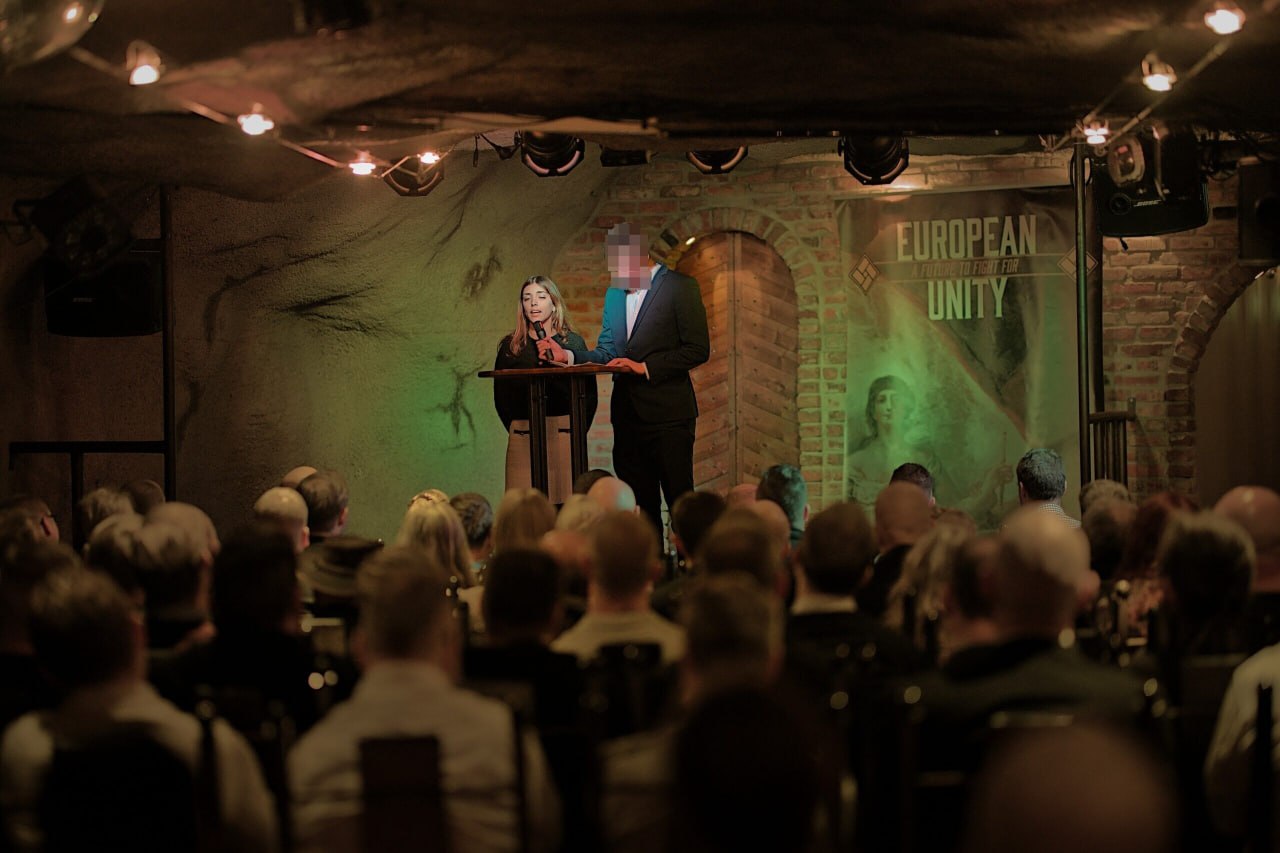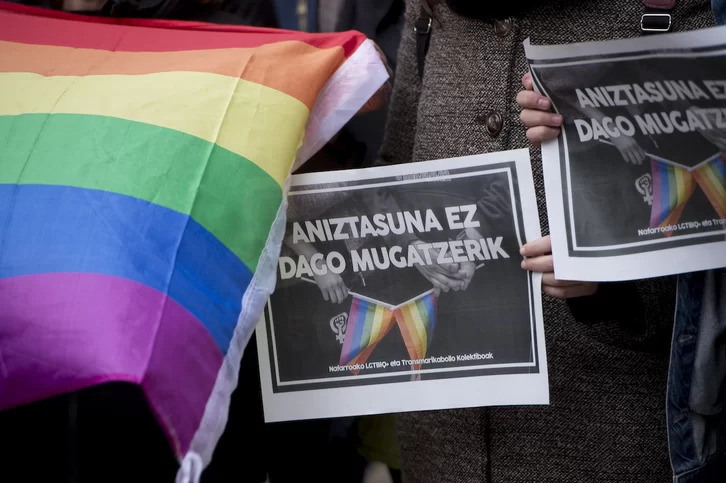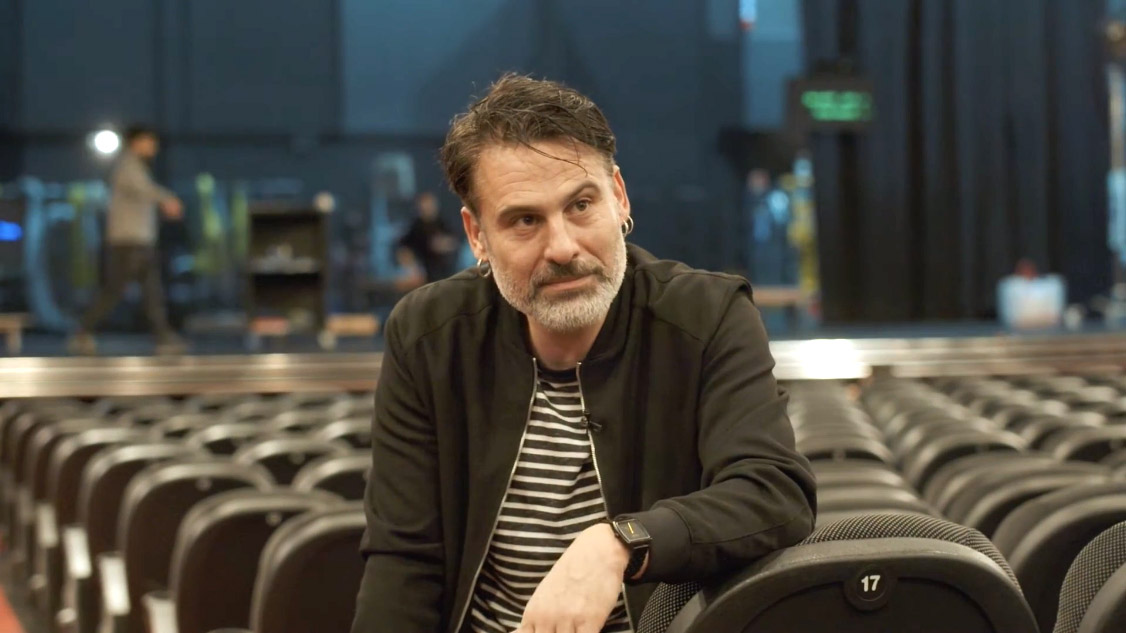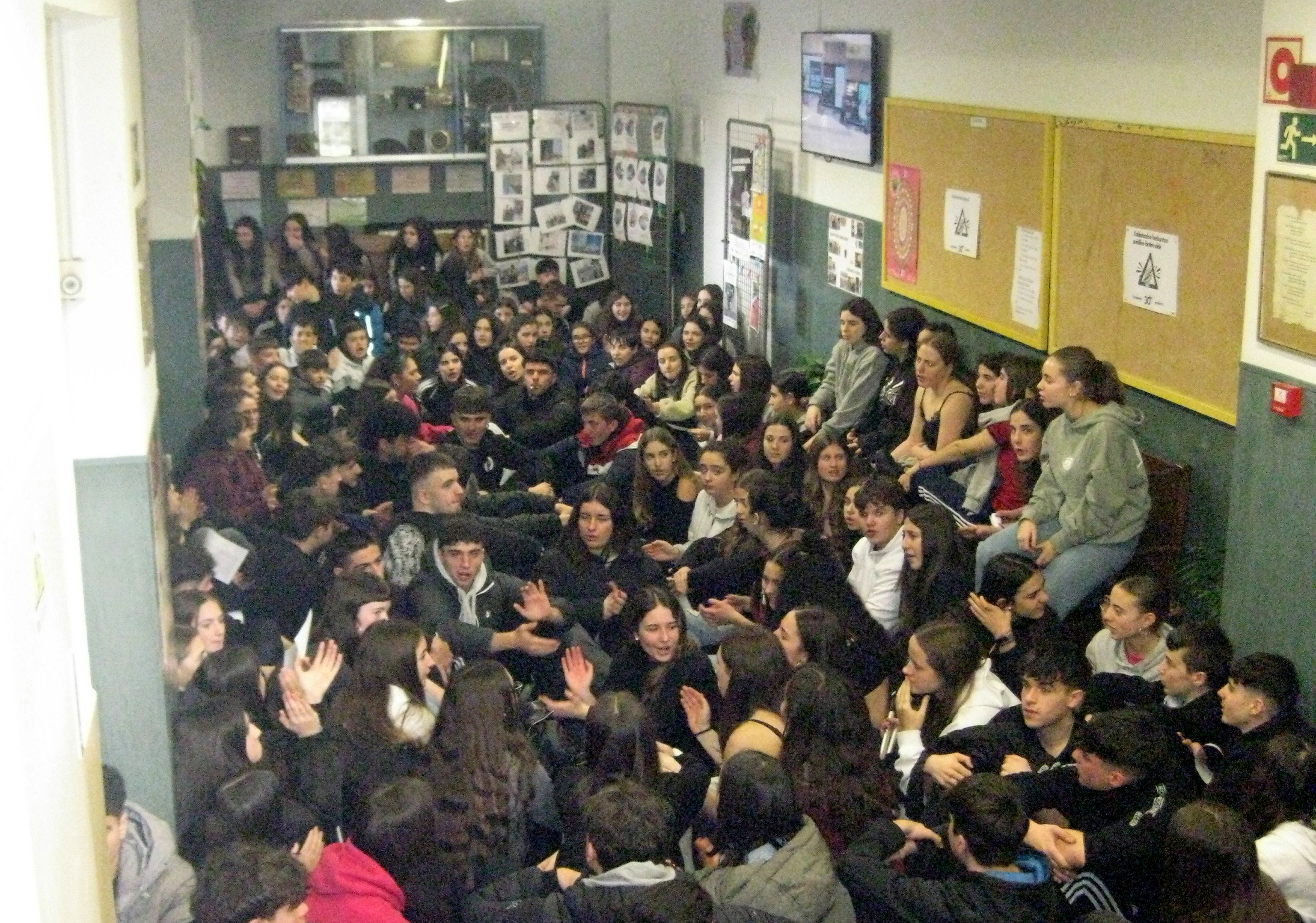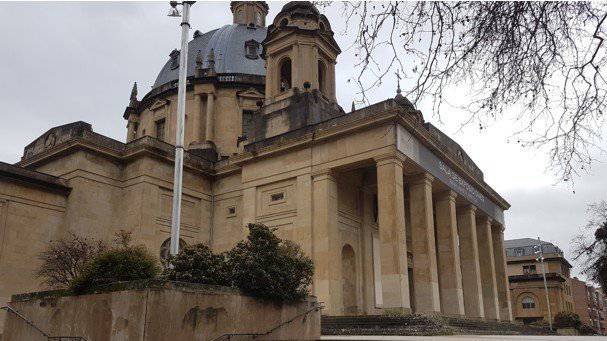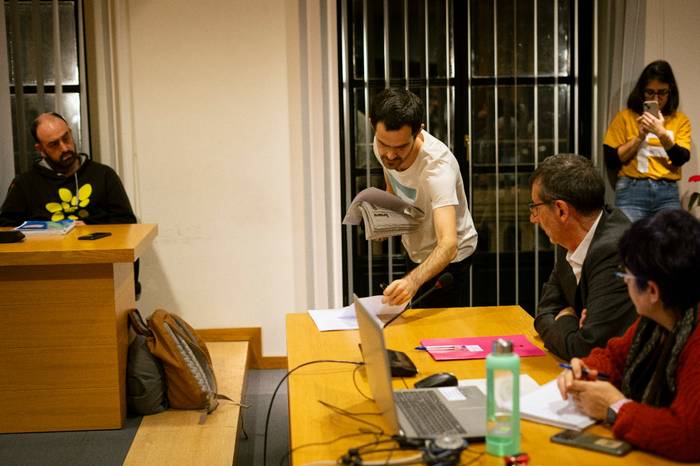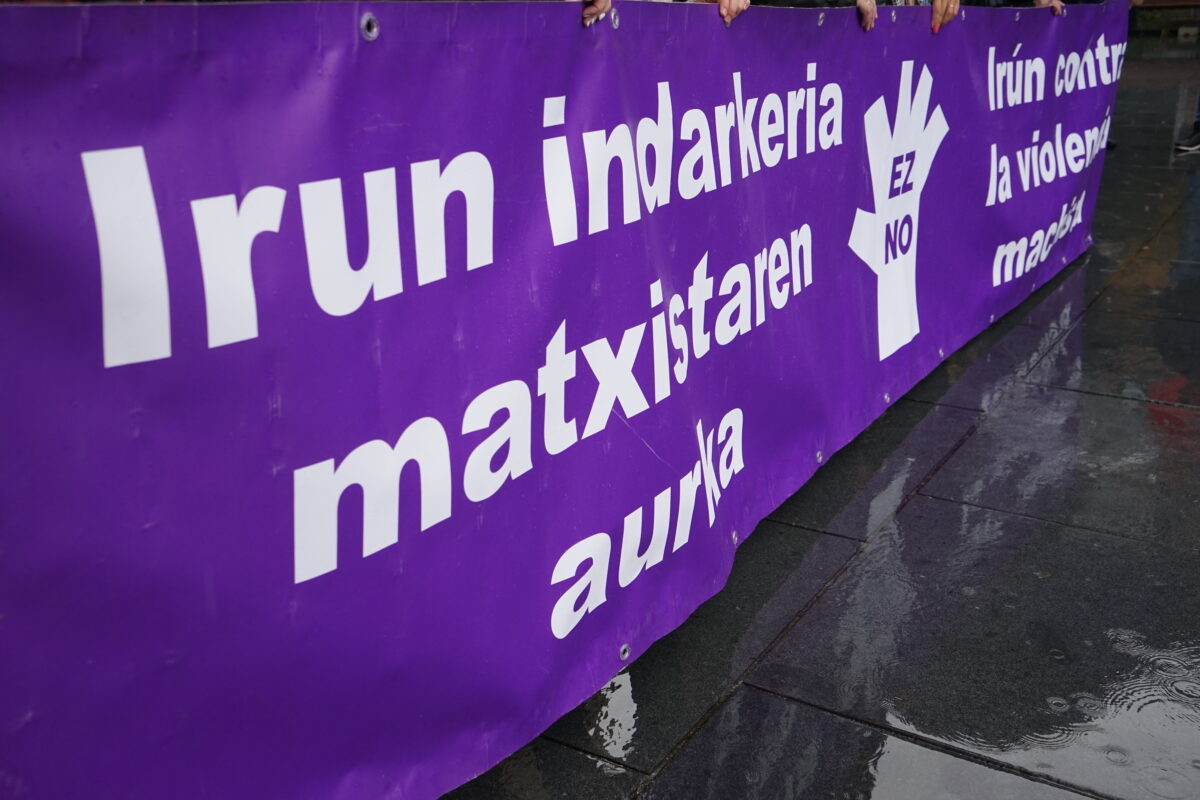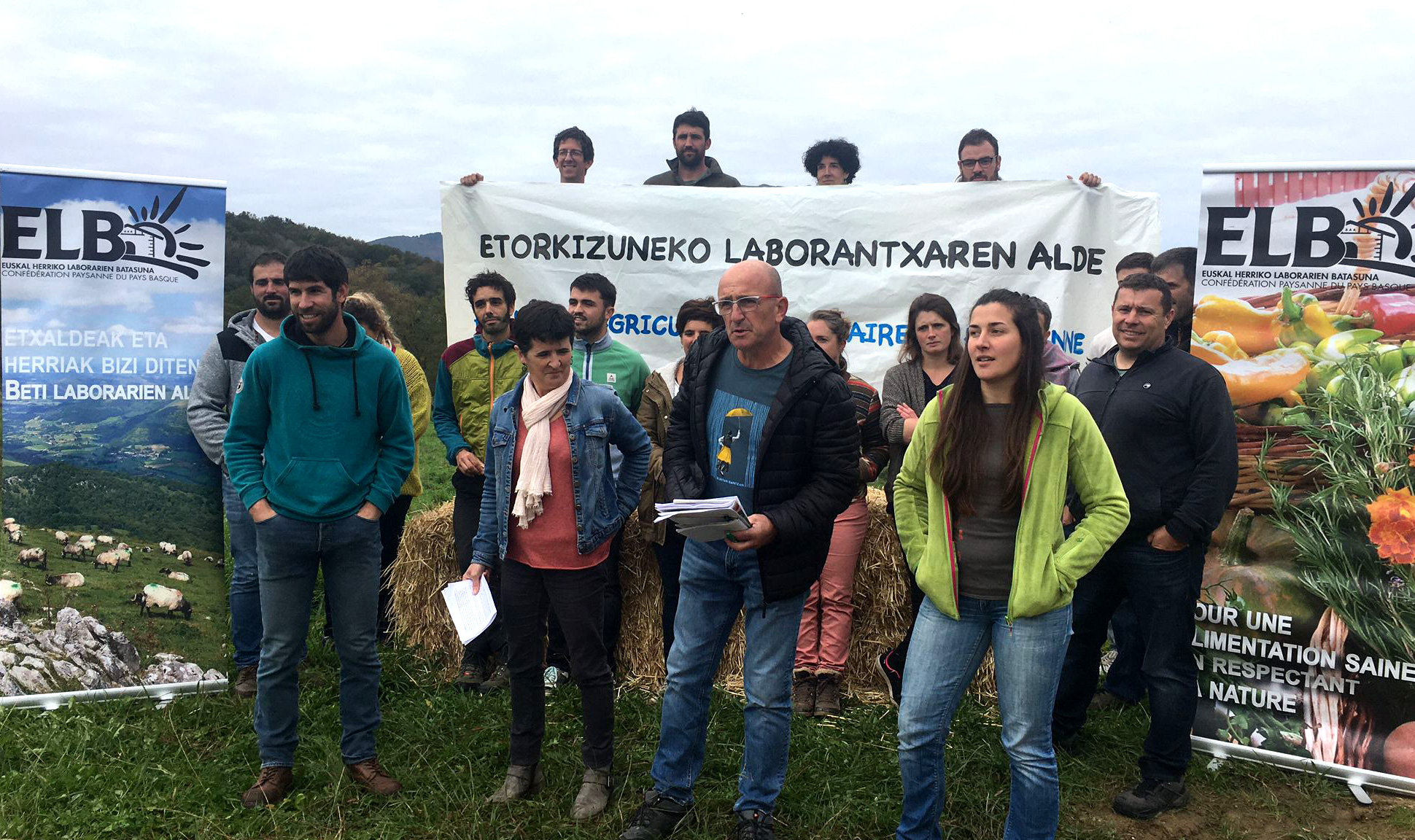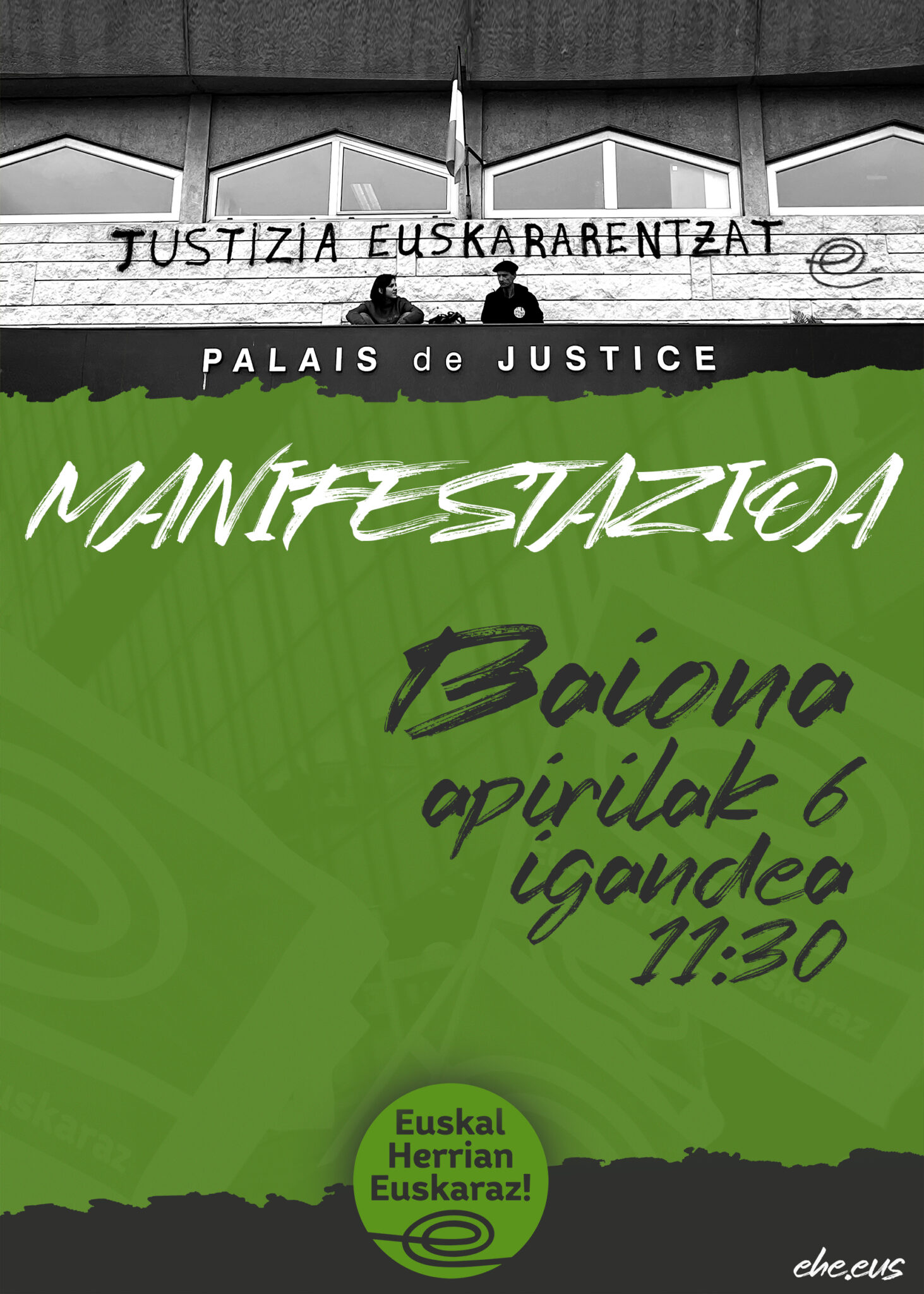Still
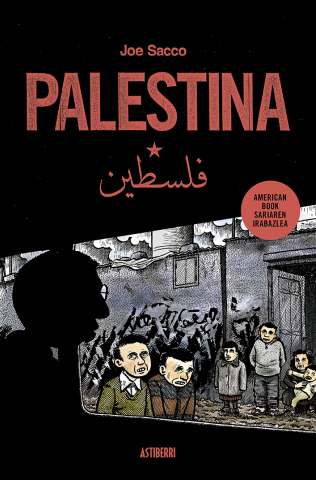
They still expropriate the lands, they continue destroying the houses, they still cut off the olive trees,” Joe Sacco wrote in 2001, but we are also worth it in 2024. And if the Palestinian comic book brings you somewhere, it's precisely to that sequence, to the heart of permanent violence. Someone has been in jail for the third time, someone's uncle has been tortured again, one's grandparents were expropriated, someone's daughter
has been killed as a result of the weeping gas that was used against ciudadanos.La history puts us at a certain point in this violent succession: Between 1991 and 1992, the first intifada was losing strength. The nine stories were first published between 1993 and 1995, and they all saw the light with a written introduction in 2001 by the Palestinian-American thinker Edward Said. His son Saidi recommended the comics and Said to us. Meanwhile, in the sixth chapter, Sacco recommends Said. And that small serendipity brings together two people that we believe are essential to understanding Palestine. All this has been brought by Astiberri translated into Basque by Julen Gabiria.En the
nine stories, the protagonist of the same name created by Sacco turns two months in Palestine. And because we're going to follow the character, his gaze is always going to condition our own. And also the thoughts that the hateful make, from time to time. It is also inevitable that violence will come through it, always at a safe distance. Although the filter of this Western view will make us uncomfortable from time to time, which will not disappear, the filters will be a filter of raw colonial violence.
Flash forward and 30 years later the violence has not stopped. Worse still, it seems that it has not yet touched the ceiling. It's a classic comic. It would never be late in the Basque country, but in the present situation we seem to be late. Let us take the streets and, in the face of the succession of colonial violence, let us maintain the succession of protests.











